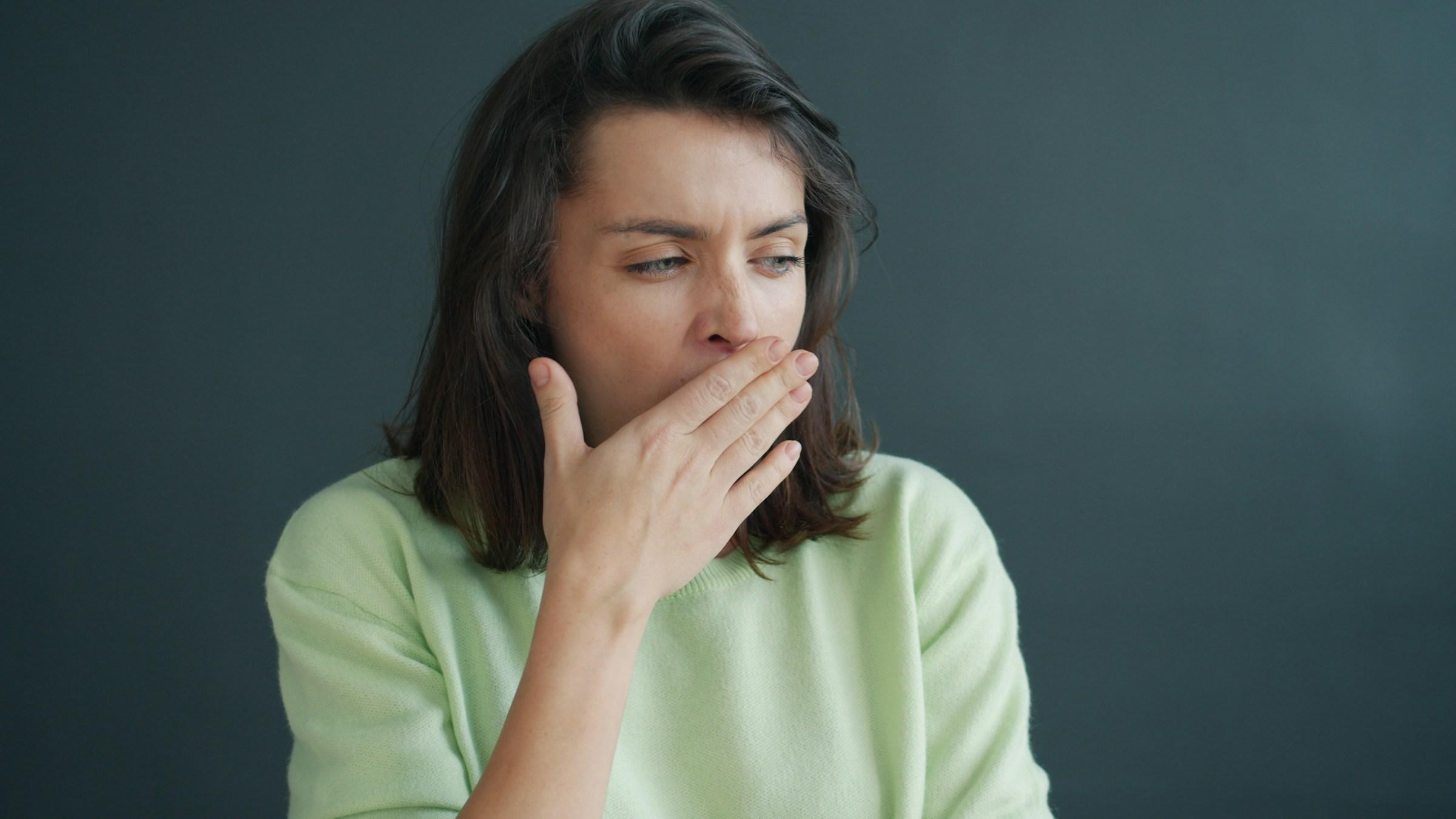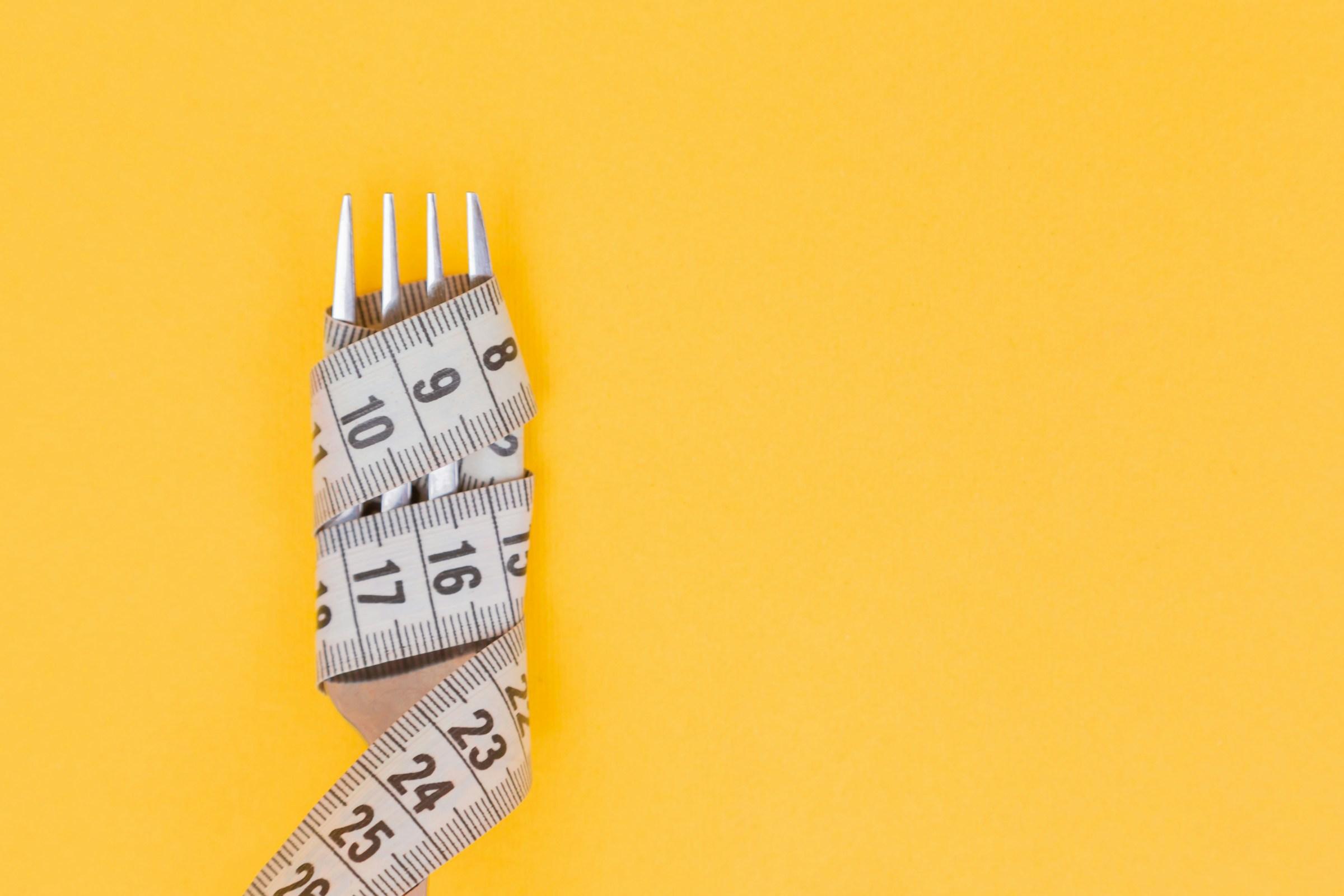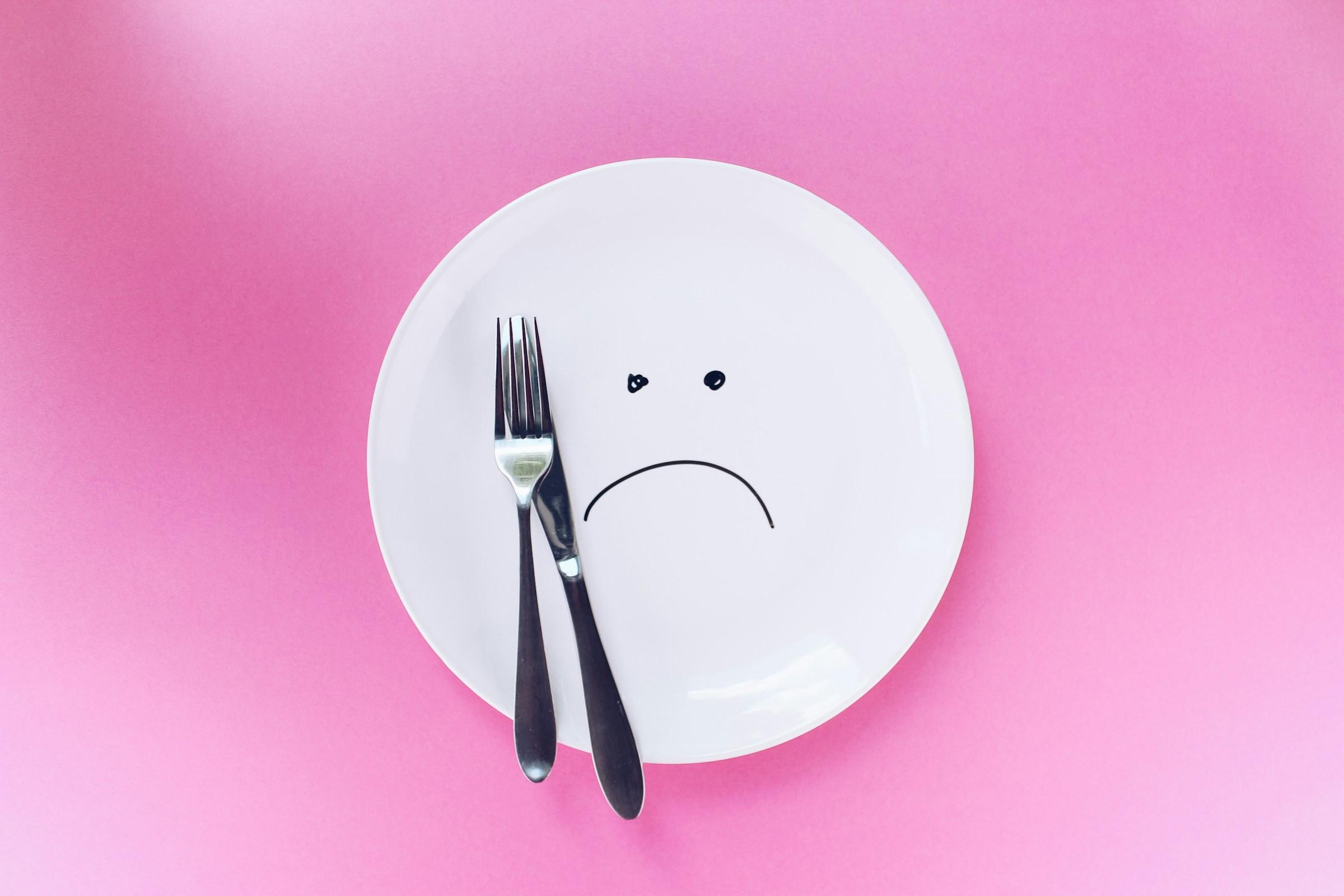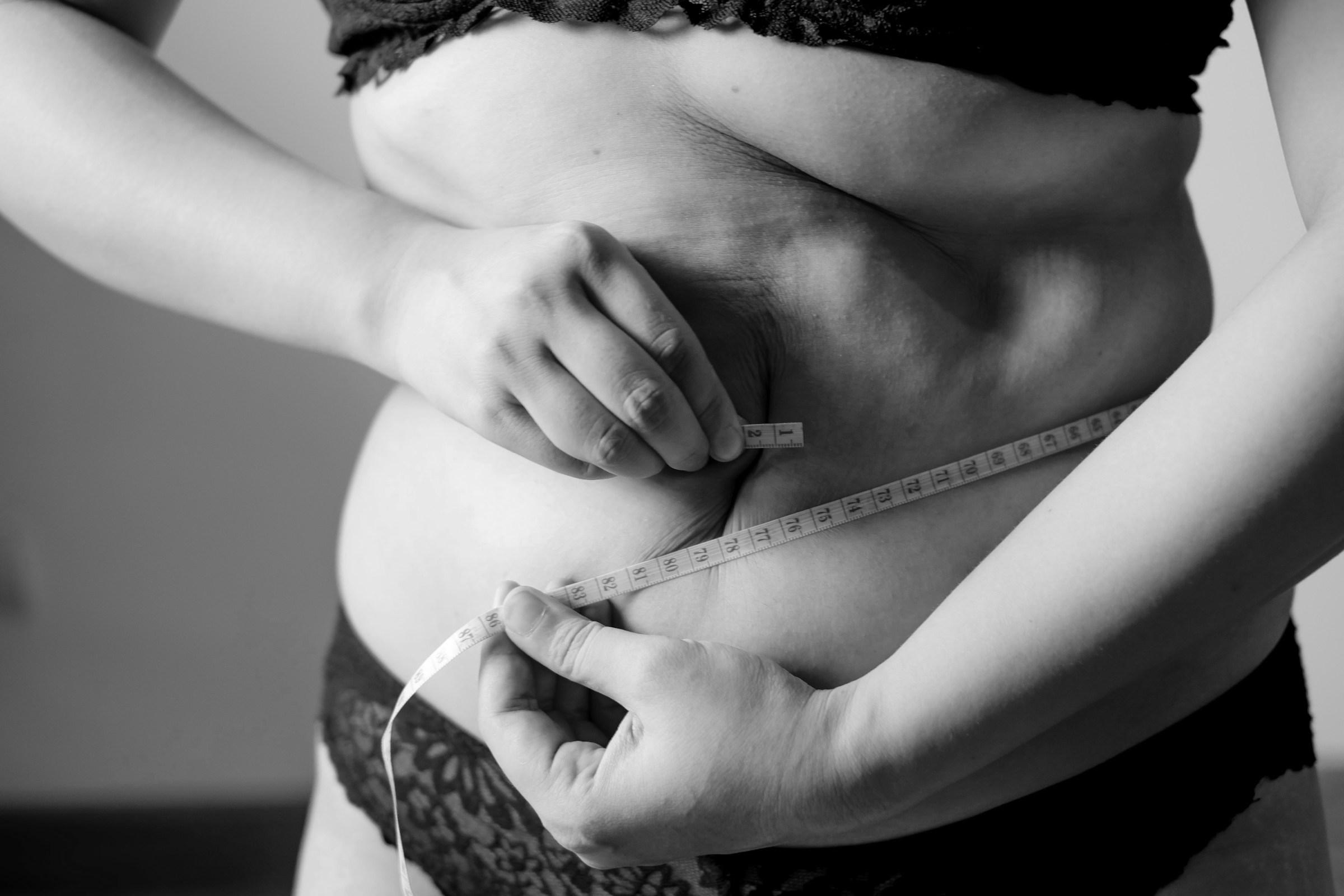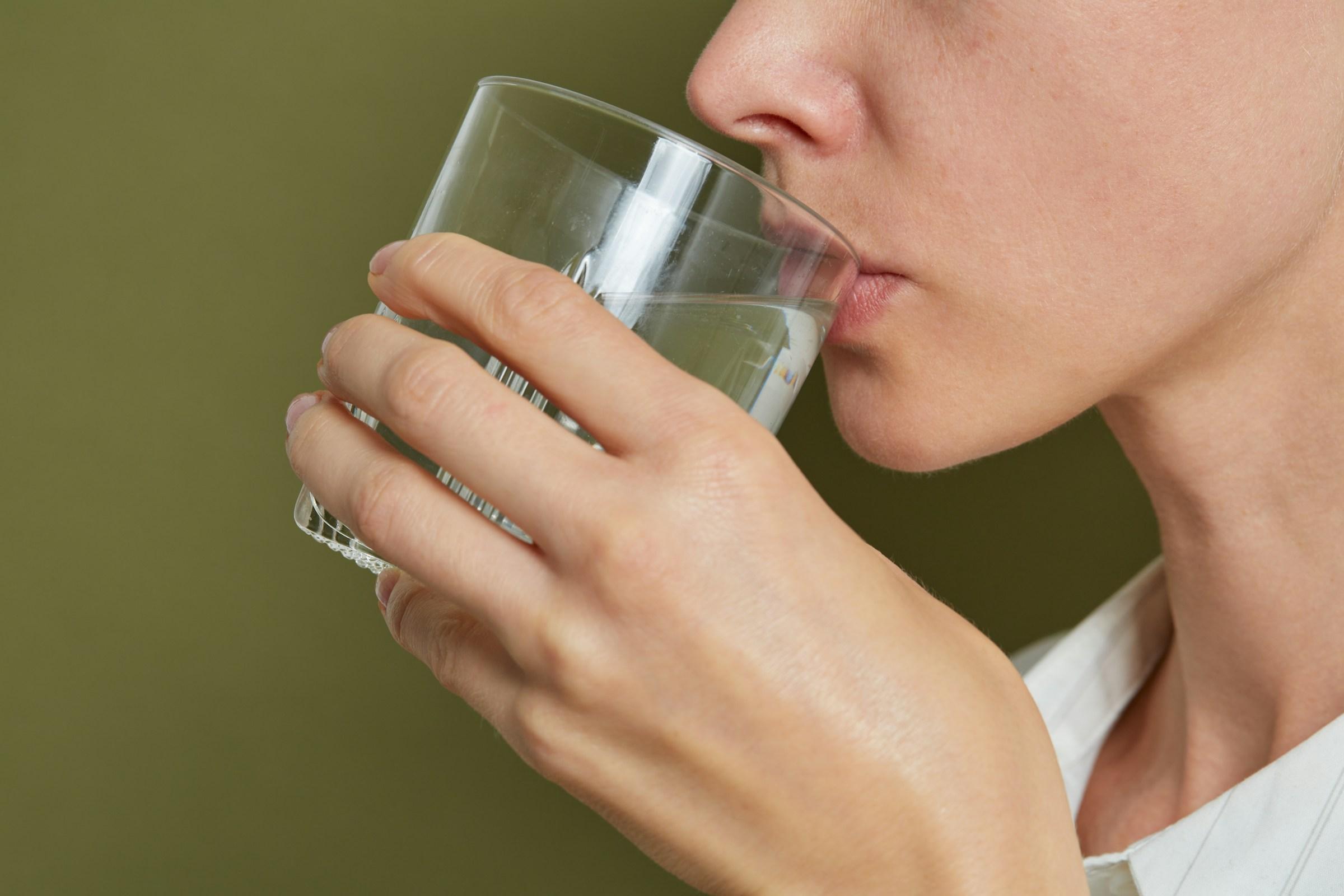Potatoes sit in a sweet spot of home cooking. They are affordable, filling, and endlessly flexible, so they appear on weeknight tables and festive spreads alike. Behind that friendly image is a plant that protects itself with natural chemicals called glycoalkaloids, most notably solanine and chaconine. These compounds concentrate near the surface of the tuber, around the eyes, and inside sprouts, and they increase when potatoes are exposed to light or are damaged. That sounds alarming at first, but it does not have to be. The solution is not fear. The solution is a calm, repeatable routine that starts before you turn on the stove and ends when the leftovers go safely into the fridge. When you treat potatoes as a system, you keep flavor high and risk low without making dinner complicated.
The first safeguard happens at the point of selection. You want firm potatoes with unbroken skin and a clean, earthy smell. Pass over nets or bags with many green patches or long sprouts. Greening is the most obvious signal, because chlorophyll forms under light and the same light exposure often drives a rise in glycoalkaloids just beneath the peel. Sprouting is another red flag, because new growth is a hotspot for these compounds. Choose potatoes that look as if they have been sitting in the dark, not on a bright shelf. Once you are home, you can test a suspicious tuber with the smallest nibble after trimming. If it tastes noticeably bitter or leaves a burning sensation, discard it. That small taste can save an entire pot of mash from going to waste.
Understanding the layout of a potato helps you remove risk with precision rather than drama. In a typical, healthy tuber, the greatest concentration of glycoalkaloids sits in a thin zone under the skin. The eyes and any sprouts are more intense. That map tells you exactly where to work. Start by scrubbing the potato under running water with a brush. Scrubbing does not remove the compounds themselves, but it clears dirt so your knife or peeler glides cleanly and your cutting board stays tidy. Peeling is your main removal step because it physically takes away the most exposed layer. After peeling, examine the flesh. If you see green just under the skin, keep trimming until the flesh is pale and uniform. Use the tip of your knife or a dedicated tool to dig out the eyes with a small margin of flesh, and remove sprouts fully. This is not about heroic rescue. If you are cutting away large, deep green sections or if sprouts are numerous and thick, throw the tuber away. Your time has value, and food safety is not a negotiation.
Cooking is where many home myths live, so it helps to draw a clear line between what heat can do and what it cannot. Glycoalkaloids are heat-stable at ordinary kitchen temperatures. Boiling, baking, frying, and microwaving do not reliably destroy them. That means you cannot cook your way out of a bad starting point. The heavy lifting must happen before the pot or pan comes out. Once you accept that, the whole process becomes simpler. You peel and trim with intent. You discard potatoes that remain bitter after the knife work. Then you cook for texture and taste, not as a detox step.
Within that logic, any familiar cooking method is fine as long as the potato passes the pre-cook checks. Boiling gives you a mild, adaptable base for mashing or for chilling and roasting later. Salt the water for flavor and drain well to avoid a waterlogged mash. If caution is on your mind, taste a small piece after boiling. Bitterness or a mouth burn means you stop and toss the batch. Frying and roasting are great for crisp edges and caramel notes, but they ask for attention to browning. Very dark brown or burnt areas are not only unpleasant, they also raise acrylamide concerns. Keep temperatures reasonable, turn pieces as they color, and aim for golden rather than mahogany. If you cut very thin chips or shoestring fries, watch the pan even more closely and pull them when they are crisp but not overdone. Good control keeps the focus on flavor.
Storage decisions support everything you do at the cutting board. Light drives greening. Bruising and cuts trigger the potato’s defensive chemistry. Humidity and warmth speed sprouting. The best home setup is cool, dry, dark, and breathable. A paper bag, a mesh sack, or an open bin in a pantry can work well. Keep potatoes away from onions to slow sprouting, and resist the urge to wash before storage, because moisture can encourage rot. Buy amounts you can use within a couple of weeks, then rotate. If your kitchen runs hot and humid, a cooler zone or even the refrigerator can be helpful, with the understanding that cold storage can raise sugars that lead to faster browning in the pan. You can manage that by letting refrigerated potatoes come back toward room temperature before cooking and by choosing methods that are less sensitive to sugar variation, such as boiling before roasting. The goal is stability. When storage keeps light and heat away, you prevent the very problems that trimming later tries to solve.
There are a few hard lines that simplify decisions. Do not eat potato sprouts. Do not eat green skins. Do not power through a bitter taste. Do not attempt to save a tuber with wide or deep greening. If you have peeled and trimmed and the potato still tastes wrong, trust your senses and move on. Glycoalkaloid poisoning is rare, but the symptoms are not worth the risk, and the cost of one discarded potato is low compared to losing a day to nausea.
Good habits continue after the meal is cooked. If you bake potatoes in foil, remove the foil as they cool, because a warm, oxygen-poor pocket wrapped around a damp tuber is a poor environment for safe holding. Cool leftovers quickly in shallow containers so that the temperature drops through the danger zone in a timely way. Refrigerate within two hours and reheat until the center is steaming. These are the same food safety practices that protect stews and rice dishes. The key idea is momentum. Safe storage after cooking preserves the effort you invested in selection and prep.
Once you have this rhythm, potatoes stop feeling like a safety puzzle and return to being the comforting staple they are meant to be. You pick good stock. You store them properly. You scrub, peel, and trim with intent. You cook for pleasure. You taste and let your senses guide the rare discard. The result is a plate that you can serve to kids, grandparents, and friends without second-guessing.
Two everyday scenarios show how this routine works without fuss. Imagine a bag of baby potatoes for a quick weeknight tray bake. Because you like the skins for texture, you take an extra minute under the tap with a brush, examine each potato under bright light, and carve out any eyes you see. If one has a small green patch, you trim past it and keep going. If one looks heavily green or has several sprouts, you bin it and do not think twice. The tray goes into the oven and you pull it when the cut sides are deep gold, not dark brown, so the flavor is sweet and nutty rather than bitter. Dinner tastes clean because your checks happened before the pan heated up.
Next, imagine you bought a large sack on sale. You split the stock. Half goes into a cool pantry in a breathable bag, tucked away from sunlight and away from onions. The rest becomes a batch of boiled potatoes on day one, which you chill quickly and later roast into crisp cubes across the week. Because you did not wait for the whole bag to age in a warm kitchen, you avoided the cycle of greening, sprouting, and over-trimming. The system saved you money and time while keeping quality high.
All of this looks like a lot on paper, but in practice it is a one-minute ritual at the sink and a few common-sense choices about storage. It is also a mindset shift. You are not trying to neutralize toxins with clever tricks or extreme cooking. You are choosing well, removing the parts of the potato where those compounds concentrate, and cooking in ways that emphasize taste and texture. The plant defends itself. You respect that design and work around it. The payoff is a dish that is simple, safe, and satisfying.
Potatoes do not need drama. They need a little light discipline in storage, a sharp peeler at the board, and a cook who pays attention to color and taste. With that, your kitchen stays steady. You have fewer throwaways, better flavors, and more confidence. The next time you reach for a potato, start with your eyes and your knife, not your fear. Remove what does not belong. Cook the part that does. That is how you keep toxins low and pleasure high, one calm meal at a time.



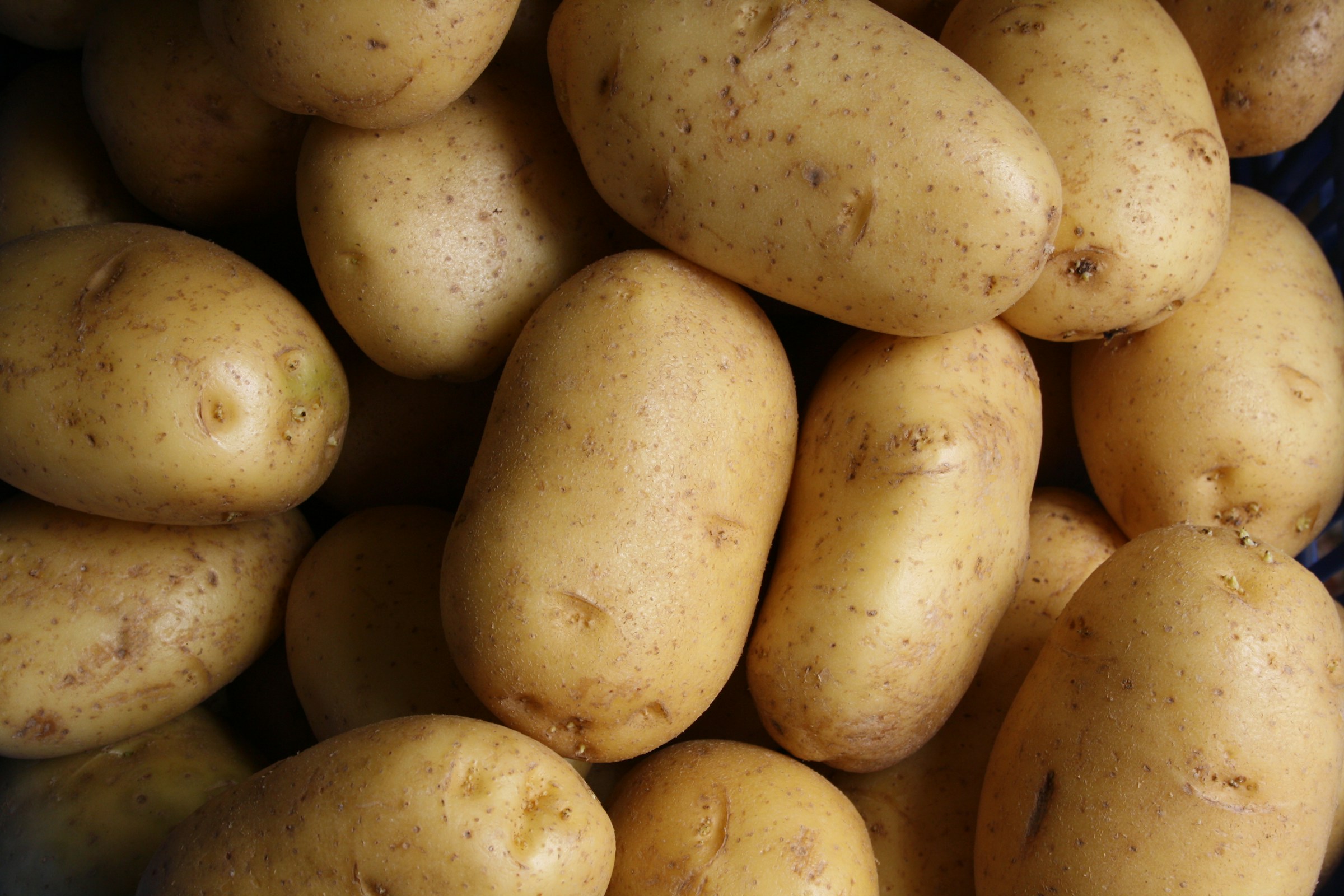
-1.jpg&w=3840&q=75)
